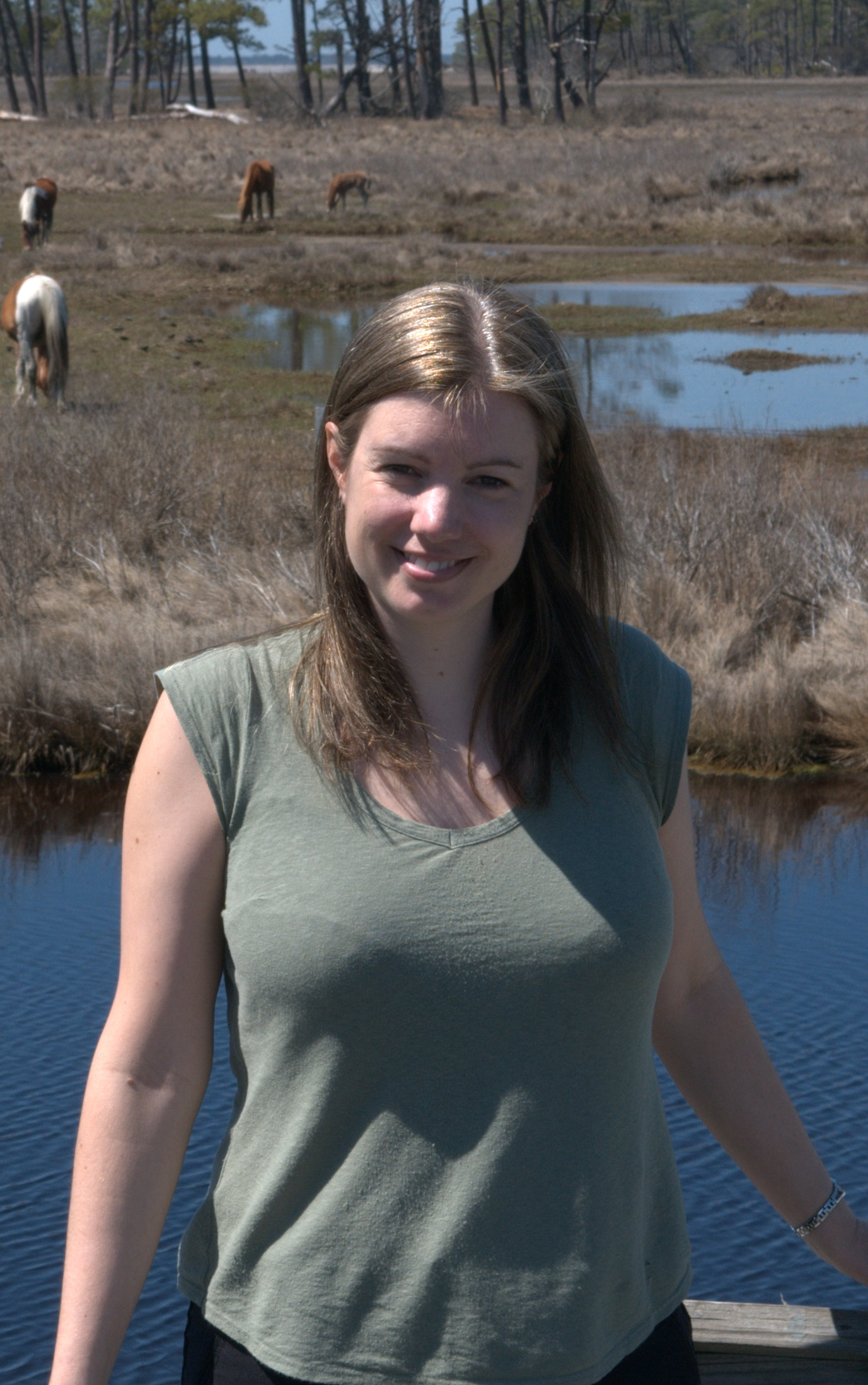May 2016
The stockpile of ivory and rhino horn destroyed was seized from poachers or traders and, therefore, could never be legally sold under the rules of the Convention on International Trade in Endangered Species of Wild Fauna and Flora (CITES). The burn followed a high level summit of representatives from African governments that came together to discuss the conservation of elephants, including how to tackle the poaching driven by the illegal ivory trade.
Reflecting on this ivory burn, we should all remember that it is estimated to represent the deaths of six to seven thousand elephants at the hands of poachers. The tusks were the only remnants of these once majestic creatures that are vital to the African ecosystem and the people who live near them. The demand for the ivory comes mostly from Asia, where its carvings are seen as a luxury item showing status and wealth. The growing wealth in Asia is unfortunately one of the factors driving this high level of poaching. Every year an estimated 30,000 African elephants are killed by poachers. Some of the hardest hit areas are Tanzania, which lost 60% of their elephants in the last five years, mostly to poaching, Mozambique, which lost 50% in five years, and Central Africa, which is suffering from twice the continental average rate of elephant poaching. Terrifyingly, if the current poaching trends are not addressed here we could see the extinction of elephants in Central Africa in our lifetime.
South Africa, which is home to 80% of Africa’s rhinos, lost 1175 rhinos to poachers in 2015 - a slight decrease on the 1215 in the previous year but still far too many and over 8,900% more than the 13 killed in 2007. Sadly, neighbouring countries have seen an increase in poaching. In Namibia 80 rhinos were lost to poachers in 2015 up from 25 in 2014 and in Zimbabwe 50 rhinos were poached in 2015, more than double the previous year’s total.
Elephants are icons for the continent’s poaching crisis. Poaching has been a threat to elephants for decades, but it is more complicated now as it’s driven by international organised crime, which also spans across many more species. This is not just an environmental issue; it is a serious crime that threatens national security, good governance and sustainable development. It is about lost economic opportunities, depriving communities and countries of vital natural resources, including tourism revenues.
However, we know there can be effective change and wildlife crime can be controlled. Key is an approach that combines high-level political will, professionalisation of ranger forces, enhancing local community stewardship of natural wildlife resources, collaboration with all sectors along the illegal wildlife trade chain and effective behaviour change initiatives to reduce the demand for illegal products.
The April summit is a good example of the African leaders’ commitment to ending wildlife crime. WWF has been deeply involved in both international and African policy processes and is ready to help countries to fulfil their commitments. Gabon was the driving force behind the adoption of the historic United Nations General Assembly Resolution on illicit wildlife trafficking. The Sustainable Development Goals (SDGs) agreed in 2015 include a specific outcome on reducing poaching and illegal wildlife trade. Through the Forum on China-Africa Cooperation (FOCAC), 50 African states and China have committed to work together against wildlife crime. African Union leaders have endorsed the African Common Strategy on Combatting Illegal Exploitation and Illegal Trade in Wild Fauna and Flora and its Action Plan in 2015. At WWF, we’re working with international governments to turn these political commitments into action on the ground.
Pressures are also building on Africa’s wild spaces infrastructure and agricultural projects are quickly encroaching on spaces that were previously shared by people and wildlife. Private and multilateral investments influence how many and in what way projects are developed. So we’re calling on governments to integrate land-use plans while focusing on development, to ensure that spaces such as protected areas and water sources are kept intact.
We must work together to save our shared natural and cultural heritage. The development decisions on how to use Africa’s natural and ecological resources that are made over the next two decades will determine the future of the continent’s people and economies for a long time to come. This will also impact on the future of iconic African species such as elephants and rhinos.
Heather Sohl
Member of Link's Wildlife Crime and Trade Group
Chief Advisor Species, WWF-UK
Find me on twitter @heathersohl
Aspects of this blog were originally published on another website
The opinions expressed in this blog are the author’s and not necessarily those of the wider Link membership




Latest Blog Posts